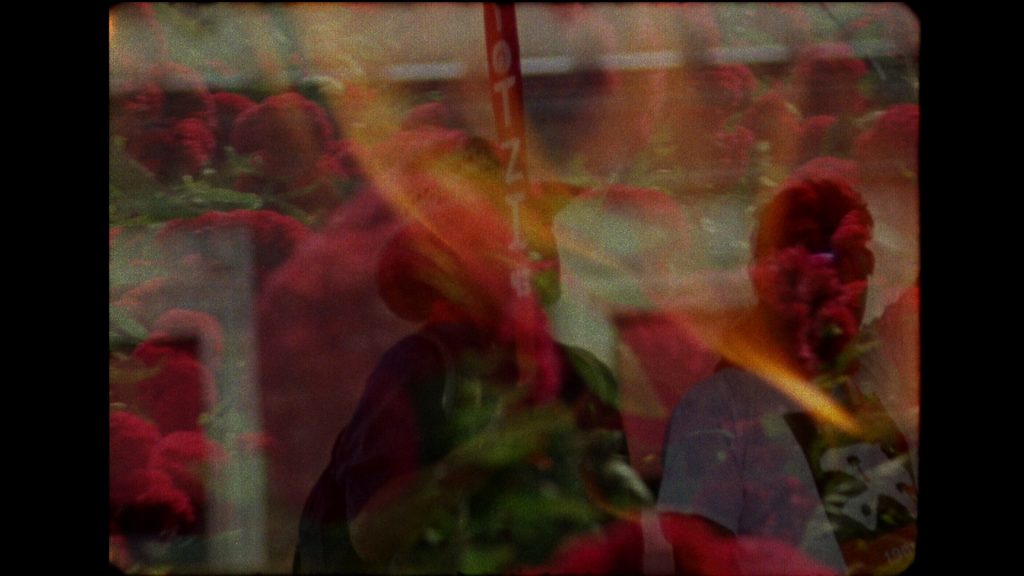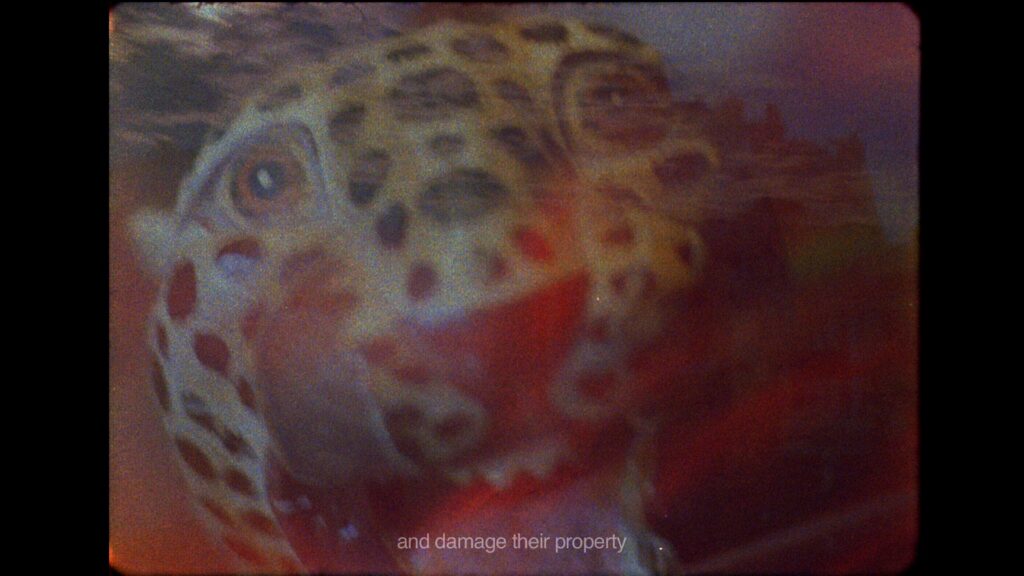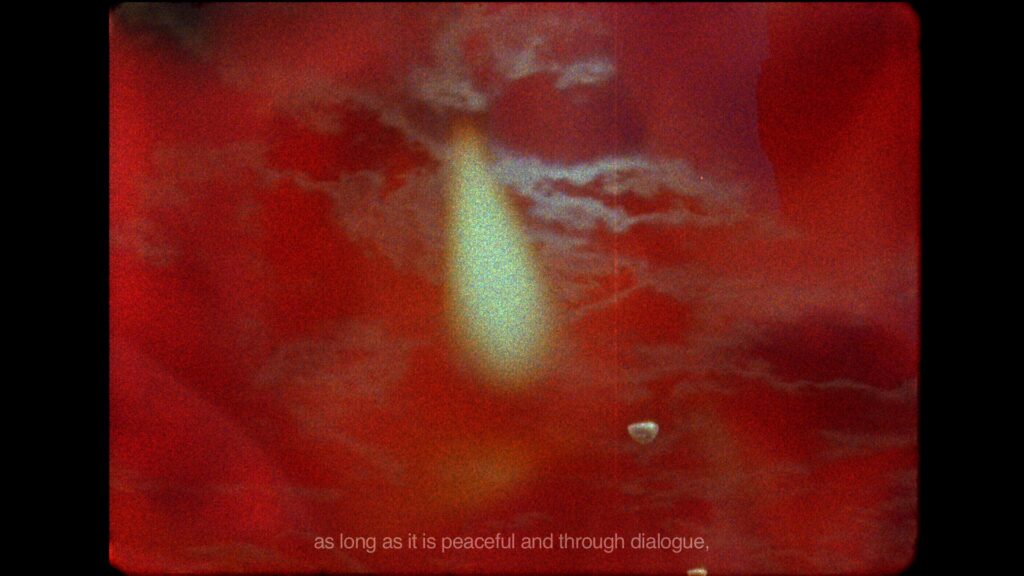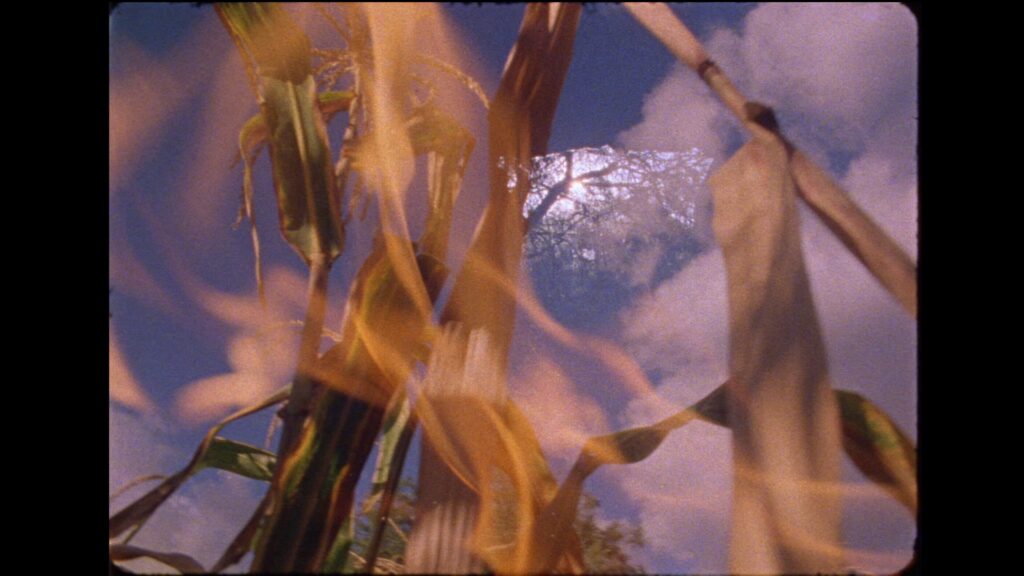The Sun Quartet, part, 2: San Juan River
“The first of four parts. The Sun Quartet, still one of the most startling, beautiful, terrifying series I’ve ever seen. Ostensibly (and often explicitly) dealing with the Iguala disappearances and the resonances of the 1968 Tlatelolco massacre, but also and throughout dealing more generally with the rare and painfully dispensable beauty of fragile things, a protest against the corrosive corruption of greed and power and the tyranny of soul-murder and real murder that haunts the west, a reluctant monument to endurance and defiance.” Stephen Broomer
Mexico is undergoing an epidemic of disappearances of people (women and men, both children and adults). This epidemic has only increased ever since the Mexican government declared the war on drugs in 2007. Sponsored and emboldened by the power of the United States, the irresponsible Mexican government plunged Mexico into a limbo from which the victims and society cannot escape. This political and governmental attitude led to terrible events that end up spreading into the mundanity of everyday experience, which fosters the permanent absence of the event through the insistent character of its effects in different symbolic, discursive and narrative strata.
One of the paradigmatic cases of this type of event was the forced disappearance of 43 students from the rural school of Ayotzinapa in 2014 by elements of the municipal police force of the city of Iguala. Also involved in their disappearance, whether by action or omission, were police elements from all levels of government, elements of the Mexican army, as well as a section of the State intelligence service whose despite being real time “spectators” of the events failed to implement any effective effort to rescue the young students. All of this brought about a proliferation of narratives around the disappearance of the students, a proliferation that traversed all social and political strata: from the claim of the Mexican State to establish a “Historical Truth” around the event in order to close the case “happily”, to the contradictory statements made by witnesses, statements extracted under torture, statements by relatives, victims and survivors of the attack suffered by the students.
However, the symbolic universe produced by the effects of what happened (the terrible event of the mass disappearance of 43 young students) implied the emergence and postulation of an “impossible” symbolic and narrative “totality”, one that is broken, fractured, and paradoxical. Thus, the proliferation of narratives around the event implied an impediment as a condition of the narration and reconstruction of what happened: the complete reconstruction of the event in the symbolic universe became impossible and a subjective rejection emerged as a structural element of the narrative. History therefore became a fractured history, developed and witnessed from a perspective made possible by this subjective rejection, a rejection that led us to the zero degree of subjectivity. It is this gaze and its transfiguration that structures and forms the backbone of our film Tlaltícpac (Earth embers), that is, it is the odyssey, transmigration and transfiguration of this gaze positioned and located at the zero degree of subjectivity that organizes the composition and systematization of our film.
The subjective rejection as a condition of possibility of the gaze and initial point of view is what we consider to be the fundamental element of our filmic construction, that is, a reified, objectified, instrumentalized gaze, a singular point of view that will not be perceived as the normal vision of a diegetic human subject but as the “impossible” and “impassive” gaze of things, objects, remains, traces, stains, excrescences, as they appear day by day. That is, what we seek it is to access a vision from the everyday and apparently neutral “place” of things, a vision immersed in the anodyne location of things, a vision from the viewpoint of things, a testimonial perspective from the polyhedral order of objects. In short, the place where the zero degree of subjectivity coincides with the radical reification of the gaze and point of view.
Seven years after the disappearance of 43 young students, a cry continues to resound and multiply its echoes: They took them alive! We want them alive! Serve this solar quartet not to forget.
Until We Find You: The Disappeared of Ayotzinapa!
The Sun Quartet by Colectivo Los ingrávidos.




